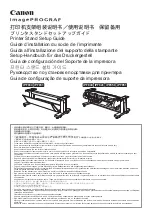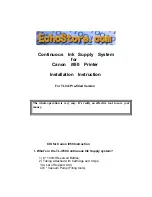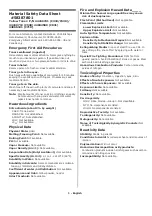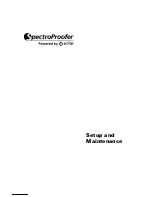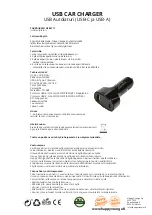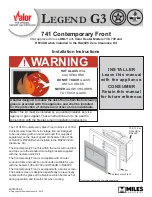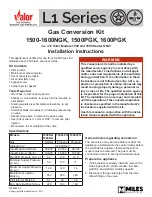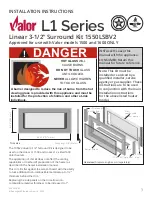
Ethernet connection
The network connection is a 10/100 base T using an RJ-45 connector. This connection is
necessary for downloading voice messages and software updates to the TSP. The Ethernet cable
provided is a cross-over cable and is only used when connecting directly to a PC. Refer to Figure
4 for cable pinouts. Refer to Figure 3 for port connections. See Network Connection in the Units
section for more details.
Figure 4 Ethernet Cross-over cable
Simulation Interfaces
Single and Dual T1/E1 Modules
Cable requirements, Pinouts, Technical Specs
·
The Single T1/E1 and Dual T1/E1 interface modules support a line build-out of either 0-133 ft,
134-266 ft, 267-399 ft, or 400-533 ft for connection to real cable installations. An alternate
choice for line build-out is defining the loss characteristics of -7.5 dB, -15 dB, or -22.5 dB.
Physical connection is via an RJ-45 configured to RJ-48C standard (pin 1- Rx ring, Pin 2- Rx
tip, pin 4- Tx ring, pin 5- Tx tip). Framing options include D4 or ESF for T1. E1 features
include signaling options of FAS, CAS with the option for CRC-4. Line Coding options are
AMI with the option for B8ZS on T1 and HDB3 for E1. Clocking options are either internal or
external.
Telecom Simulation Platform
Page 4
RJ-45
Connector
1
RJ-45 Connector 2
1
Pair 2 (T2)
Tx +
3
White/Orange
Rx +
2
Pair 2 (R2)
Tx -
6
Orange
Rx -
3
Pair 3 (T3)
Rx +
1
White/Green
Tx +
4
Pair 1 (R1)
4
Blue
5
Pair 1 (T1)
5
White/Blue
6
Pair 3 (R3)
Rx -
2
Green
Tx -
7
Pair 4 (T4)
7
White/Brown
8
Pair 4 (R4)
8
Brown


























